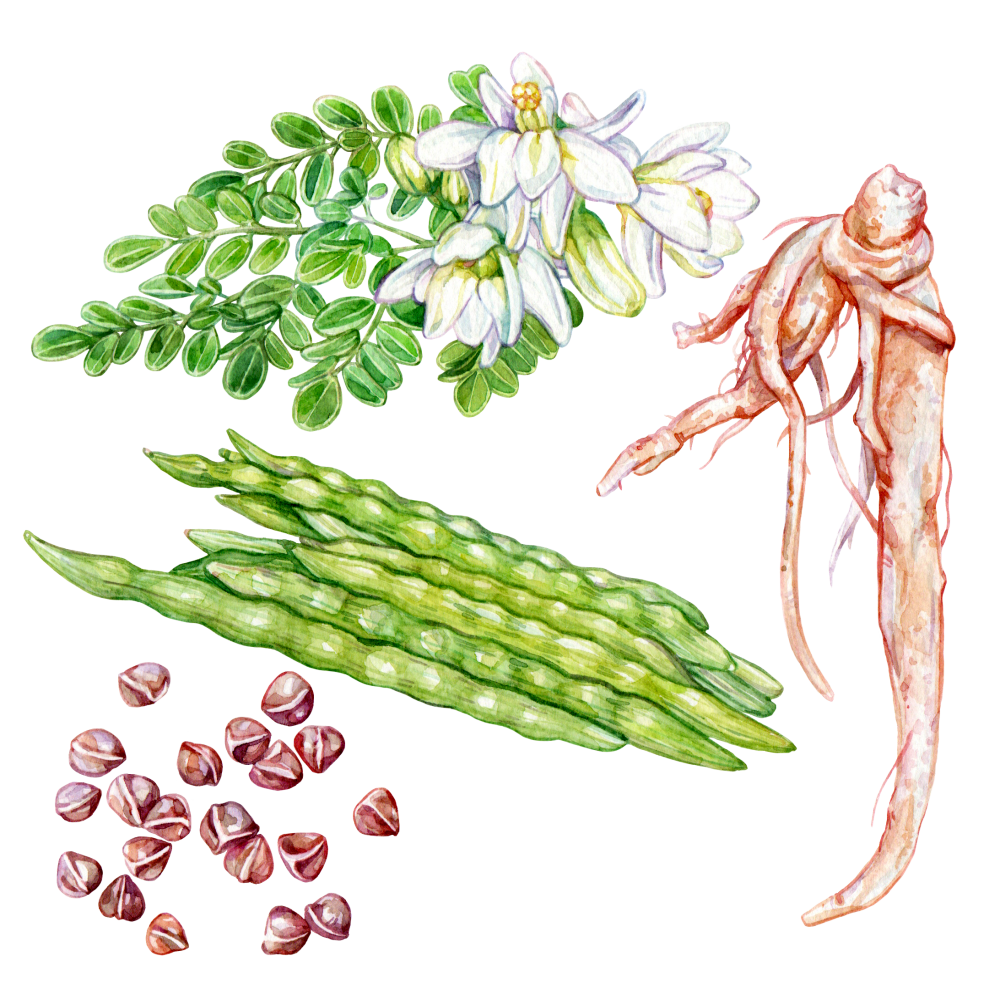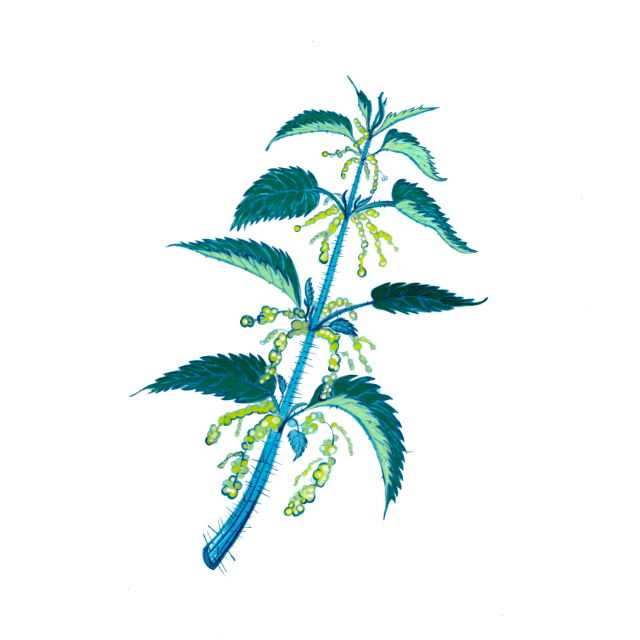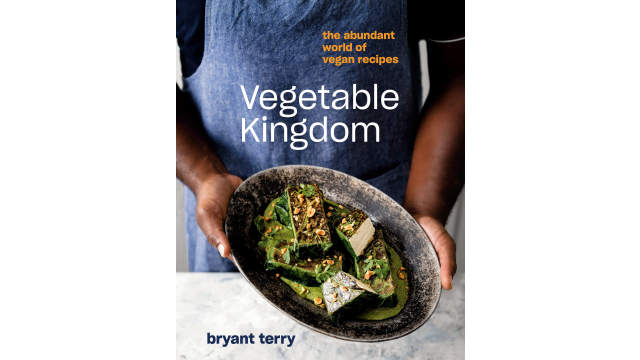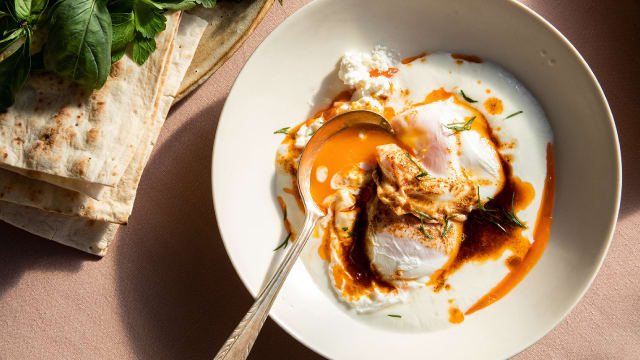Moringa

Latin name: Moringa oleifera
Other names: drumsticks
Uses: vegetable (pods and leaves)
What is moringa?
This fast-growing deciduous tropical tree provides a range of nutrient-dense foods. Covered with thick foliage, the tree has tiny leaves growing in a feathery pattern, punctuated by small white flowers with unequal petals that turn into long, ribbed, knobby pods. Just about every part of the tree — from the bark and leaves to flowers and pods, and even the roots — is edible.
Why is moringa healthy?
Moringa has been used as food and medicine for thousands of years. It is rich in minerals (calcium, iron, potassium, copper, zinc, and magnesium), vitamins (C, D, E, beta-carotene, and folic acid), phytochemicals, antioxidants, proteins, and essential amino acids. Studies increasingly show that moringa conveys real, wide-ranging benefits to the body and mind — protecting the liver, helping to regulate hormone, neurotransmitter, and blood sugar levels, reducing inflammation (like arthritis) and possibly helping to prevent Alzheimer’s disease.
What does moringa taste like?
Both the pods and leaves have distinctive tastes. The pods are mildly sweet, like green beans, but also have some bitter undertones and umami similar to asparagus. The leaves have a grassy, sharp taste balanced with a slightly sweet edge.
How do I use moringa?
Pods: Cut the pods in 2- to 3-inch batons. Peeling the pods is the tricky part. Use a peeler to slightly scrape the pods, making sure you leave some skin on, and then they’re good to go in curries, vegetable or lentil soups, or on their own.
Leaves: The leaves are more versatile. Sauté them in a simple seasoning and finish with grated coconut or a light dusting of parmesan cheese. Add them to soups, lentil curries, egg dishes, risotto, pasta bowls or mince pies and cutlets. The tender leaves can perk up salads or be used as garnish. Leaves and pods also are cooked together in a variety of lentil preparations across West and South India.
What does moringa pair well with?
Moringa really shines in tangy concoctions involving coconut or yogurt-based sauces.
Where does moringa grow?
Moringa is native to the Indian subcontinent. It’s also an important crop in Ethiopia, the Philippines, and Sudan. In recent years, Moringa has gained popularity as a crop in Africa and Latin America due to its nutritional value.
How to buy moringa:
Look for bright, plump pods and bright leaves that aren't wilted.
Fun moringa fact:
Another byproduct of moringa is its seed oil, commercially known as ben oil. Rich in oleic acid triglycerides (the stuff that makes olive oil so good), it has great culinary potential for deep-frying, sautéing, even salad dressing. It’s already making waves in the beauty industry as a base for products and on its own as a moisturizer.




